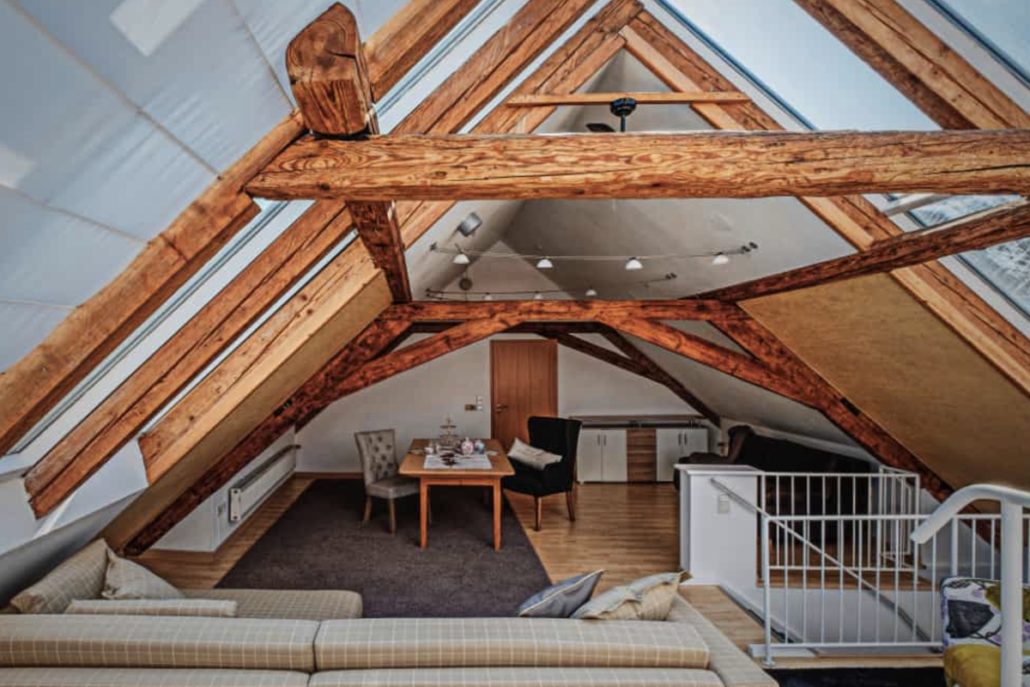A loft TV aerial is 100% weatherproof and withstands heavy winds, rain, ultraviolet (UV) rays, and lightning. TV aerials available for lofts are made of study material for protection against environmental elements.
A loft aerial works efficiently like an outdoor antenna. The most significant advantage is that loft aerials are easy and cheaper to install than their outdoor counterparts. The question is: How to install a TV aerial in the loft? In today’s article, we will answer this question. Read on!
Step 1: Choose a Spot
Choose a suitable spot or location in your loft for aerial installation. Experts recommend placing your aerial in the corner of your loft because it allows for the closet and direct path to most transmission towers. When you place the aerial in the corner, your house structure will not block the transmission.
Step 2: Set Up the Aerial
Setting up the aerial is an essential step that requires installing the aerial in a stable position. For example, if you attach the aerial to a base mount, make sure the floor beneath it is stable. Experts recommend placing some 2 x 4 wooden planks for more stability.
Once you have mounted the aerial on a base or mast mount, shake it a little. The purpose is to ensure the device is stable. You can also point the aerial at a vertical wall instead of a sloping roof to protect the device against rain or snow.
Step 3: Run the Coaxial Cable
Run the coax cable from your aerial antenna to your TV or digital box. It requires you to drill holes through the walls and ceiling. However, before you run the coax to your TV, make sure there are no wirings in the drilling place. That way, you can protect your electrical system from damages.
In addition, ensure there is no interference to the coax by electric current. If you want to avoid this problem, keep a 0.6 inches distance between the coax and other electrical wirings. We suggest taking the shortest path to your TV, such as the plumbing vent, to reduce the cable’s length and prevent potential signal loss.
Step 4: Test Your Loft Aerial
Once you have finished the installation process, it is time to check or test the loft aerial to ensure it functions appropriately and receives different channels. Although you would have tested the aerial previously before mounting it in different placements and orientations, testing it again after the installation is essential to know you have done the job adequately.
Ask a family member or friend to perform channel scanning on the TV and tell you about the results. If there are any reception problems, they are due to your home structures that have caused the interference. If this is the case, we recommend purchasing an amplifier to overcome this problem.

